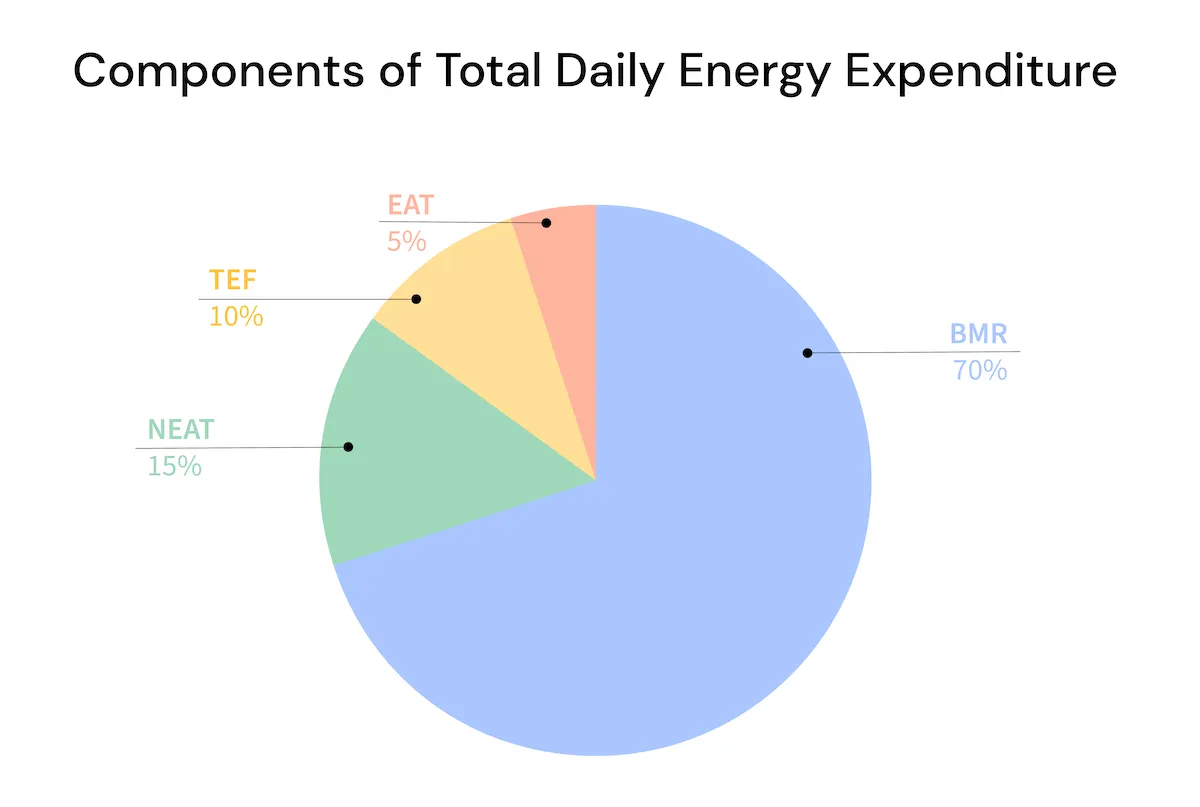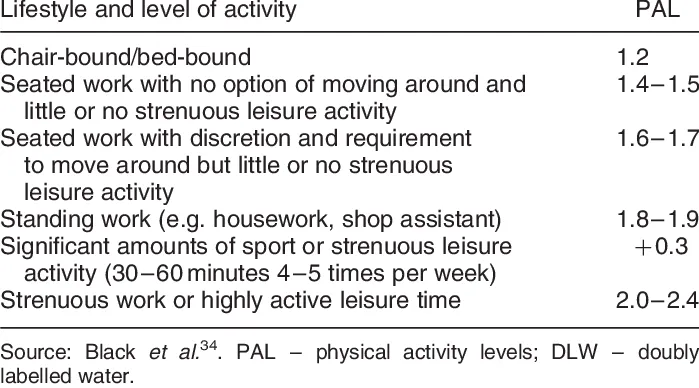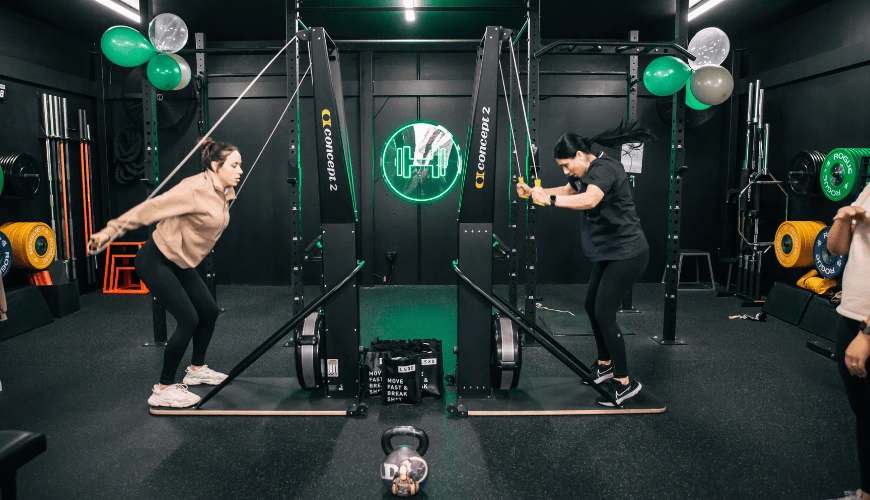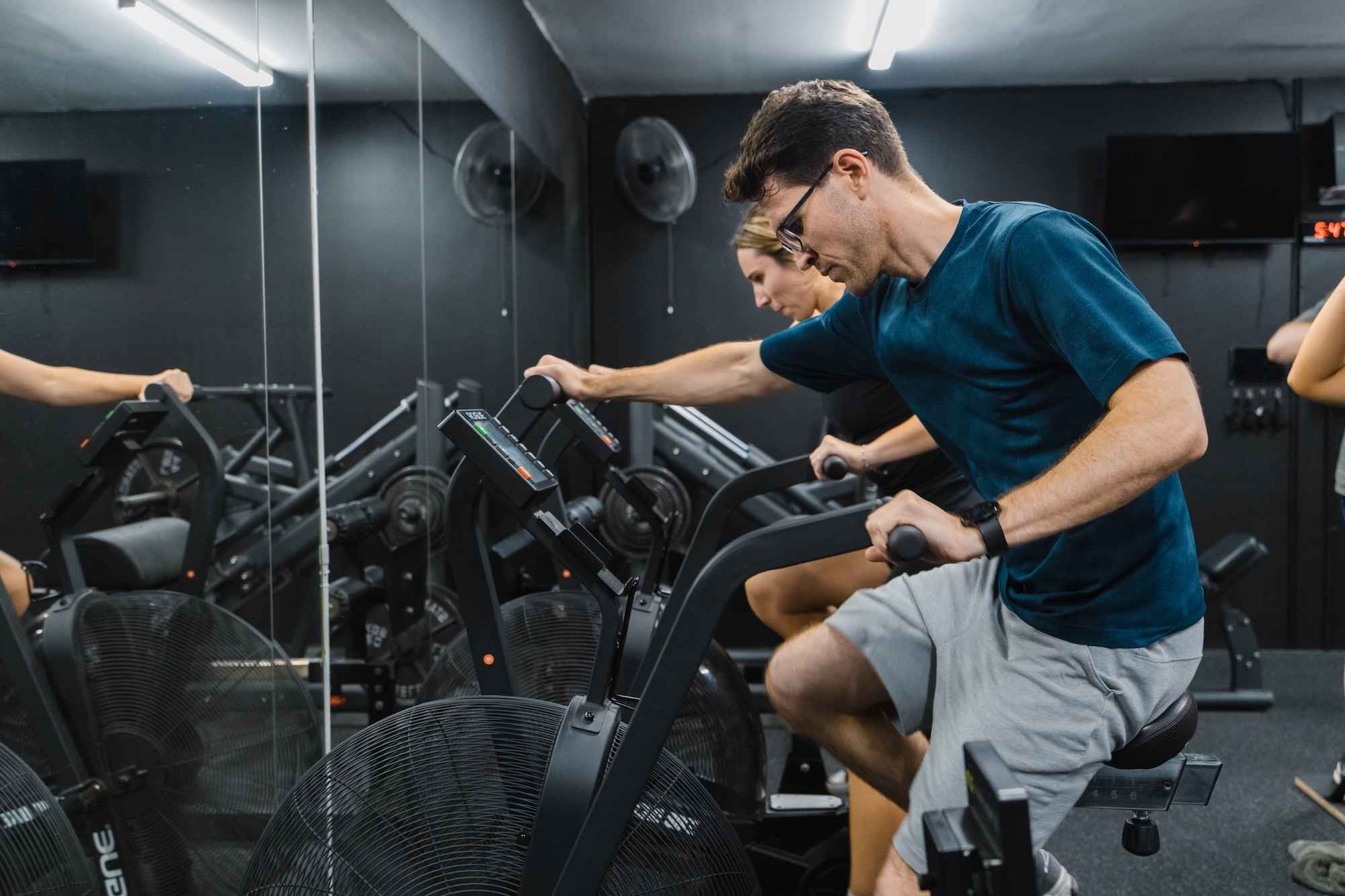Ways to Speed Up Your Metabolism to Burn more Calories using NEAT
We’re seven weeks into Sydney’s second COVID-19 lockdown and maybe a few kilograms heavier. It’s like Groundhog Day; you’ve lost motivation to exercise on your own, spending more time watching Netflix on the couch and probably eating a lot more than you usually would. Does this sound like you?
Well, here’s another reason you’re gaining those kilos (apart from all of the above): your NEAT has dropped back significantly because most of us now work from home due to lockdown restrictions. Which mean we’re moving around and going outside a lot less than we’re used to.
You’re probably wondering, what the hell is NEAT? It’s non-exercise activity thermogenesis (NEAT).
What is NEAT?
Non-exercise activity thermogenesis (NEAT) is the energy expended that’s not from sleeping, eating or purposeful and planned activities like exercise1. It includes activities like walking to work, typing, gardening, fidgeting, standing, walking, talking, playing guitar, dancing, shopping, and so on.
Most of us aren’t commuting to work anymore and we’re not allowed to leave home to go shopping whenever we please or browse the shops, so naturally, our NEAT has gone down. A lot. You’re probably thinking, “I’m still exercising but why am I still gaining weight?” Because exercise contributes a lot less to your overall total daily energy expenditure (TDEE) than you think.
Disclaimer: We’re not saying don’t exercise because you absolutely should. What we’re saying s that there’s a lot more that contributes to the calories you burn in a day than just exercise.
There are three components that make up your total daily energy expenditure (TDEE):
- Basal metabolic rate (BMR) - the number of calories you burn or energy you expend when your body is at rest. In sedentary individuals (people who do nothing), BMR accounts for ∼70% of TDEE2.
- Thermic effect of food (TED) - the energy required to eat, digest, absorb and store food, and it accounts for ~10% of TDEE3.
- Activity thermogenesis (AT) - is made up of exercise-activity thermogenesis (EAT), which is your purposeful and planned exercise like running or resistance training, and non-exercise activity thermogenesis (NEAT). EAT accounts for about 5% of TDEE, while NEAT can account for up to 15% of TDEE4.

Graph from Macro Factor
Now does it make sense why exercise doesn’t contribute to as many calories you burn in a day as you think? And before you say it, adding two hours of cardio a day will probably increase the calories you’re burning but do you really have the time nor is it sustainable or enjoyable?
To put it into perspective, NEAT can vary by as much as 2000 calories a day between two people who are similar in size because of the amount of activity they do5. These differences can be due to environmental and biological factors, heavily influenced by people’s different occupations and hobbies, as well as individual genetic factors6.
The table below shows the differences in NEAT by occupation using Physical Activity Level (PAL = TDEE/BMR) values. An office worker who weighs 66kg burns approximately 102 calories an hour while sitting at their desk but can burn up to 174 calories an hour doing the same job while standing7.

So what can you do to increase your NEAT?
- Stand more. Standing burns three times more calories an hour than sitting6
- Take the stairs instead of the elevator
- Park your car further away from the entrance to the shops
- Go for a walk more often - in the mornings before you start work, during your lunch breaks or when you’re on the phone
- Find things you like doing around the house and do more of it. This could be cooking or gardening, but the more you do, the more calories you’re burning
- Carry your groceries instead of pushing a trolley
- Go the long way around. Don’t take the shortest route to the toilet or to your fridge, do a few laps before you get there to earn that piece of chocolate
So there you have it - simple ways to increase the calories you’re burning in a day to help lose those extra kgs you’ve put on, along with good nutrition. It’s all about doing those extra little things that help you create a calorie deficit.
References
- Levine, J. (2003). Non-exercise activity thermogenesis. Proceedings of the Nutrition Society, 62(3), 667-679.
- Daan S, Masman D, Strijkstra A, Verhulst S. Intraspecific allometry of basal metabolic rate: relations with body size, temperature, composition, and circadian phase in the kestrel, Falco tinnunculus. J Biol Rhythms. 1989; 4: 267–283. PubMed.
- Tappy L: Thermic effect of food and sympathetic nervous system activity in humans. Reprod Nutr Dev 1996, 36:391–397
- Peters, H. (2019, August 20). Keep Up with NEAT: Less Sitting and More Calorie Burning. nifs for fitness.
- Levine JA, Vander Weg MW, Hill JO, Klesges RC. Non-exercise activity thermogenesis: the crouching tiger hidden dragon of societal weight gain. Arterioscler Thromb Vasc Biol. 2006 Apr;26(4):729-36.
- von Loeffelholz C, Birkenfeld A. The Role of Non-exercise Activity Thermogenesis in Human Obesity. [Updated 2018 Apr 9]. In: Feingold KR, Anawalt B, Boyce A, et al., editors. Endotext [Internet]. South Dartmouth (MA): MDText.com, Inc.; 2000-.
- Comana, F. (n.d.). Non-exercise activity thermogenesis: A NEAT approach to weight loss. NASM.

